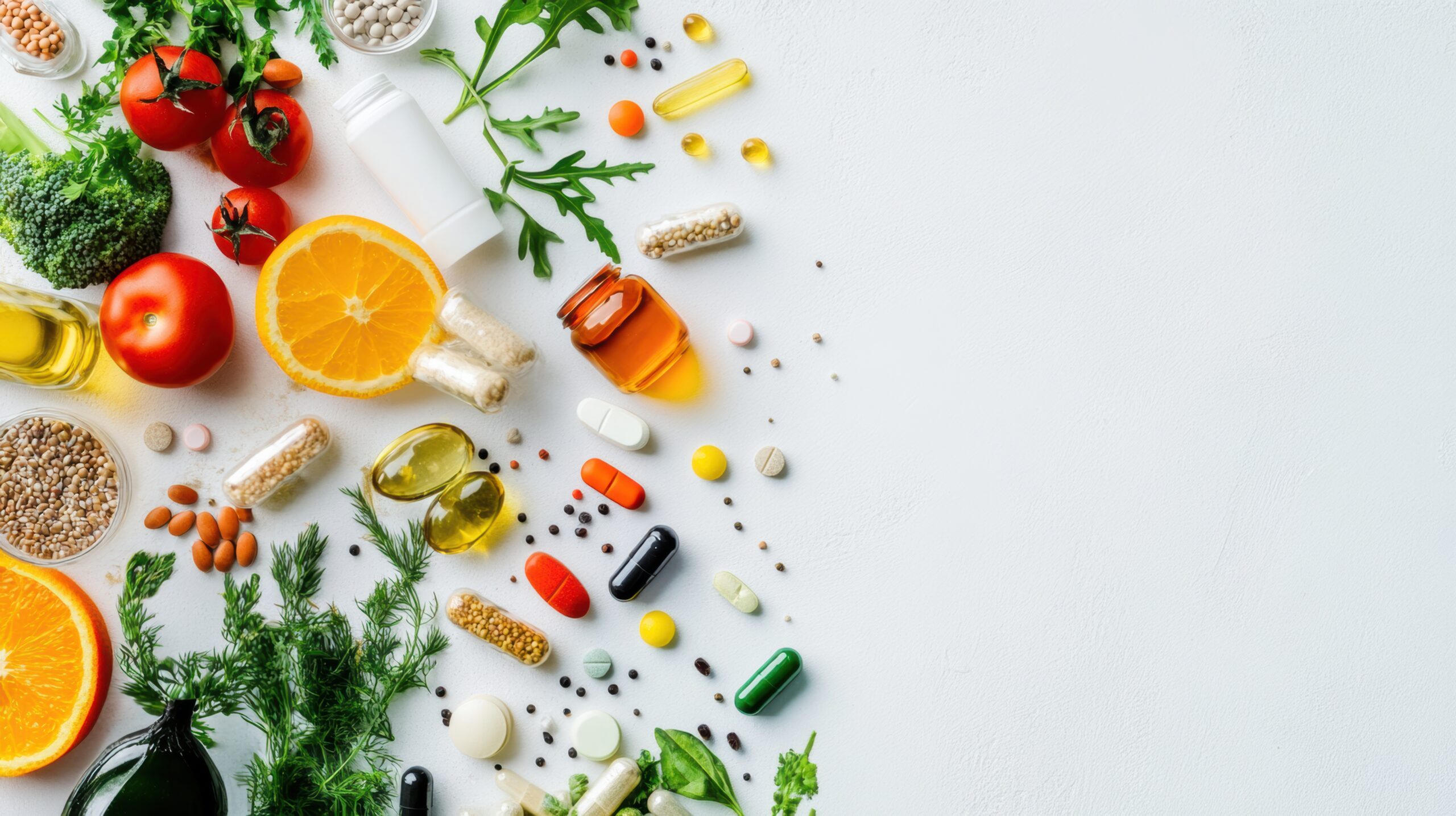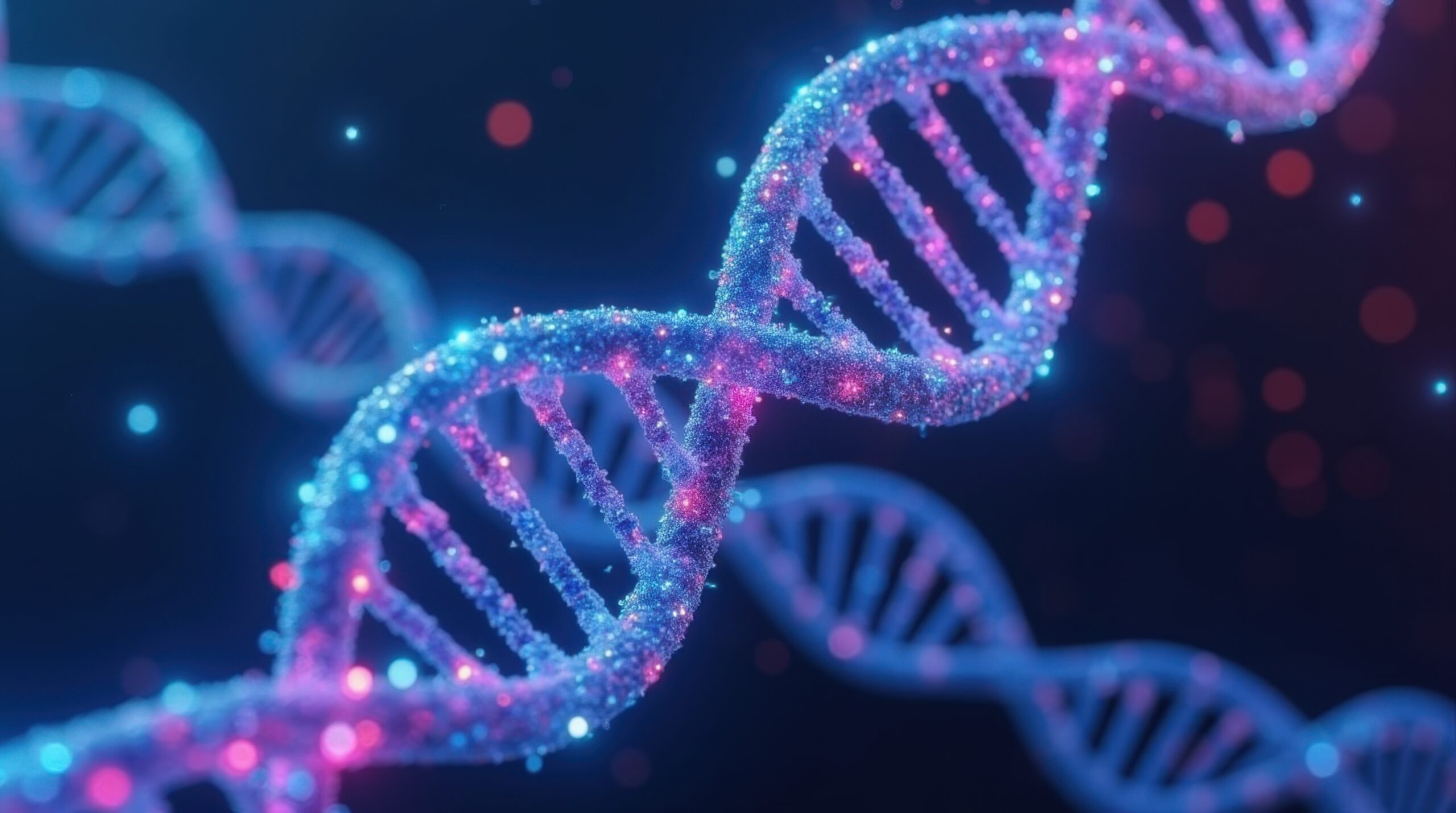Your Guide to Advanced Glycation End Products and How to Keep Skin Youthful
Notice a wrinkle creeping in where there wasn’t one before? Do you wish your skin still had that youthful bounce?
You’re not alone!
I see the effects of aging on the skin every day in my clinical practice. But one sneaky culprit often flies under the radar: Advanced Glycation End Products, or AGEs for short. (1)
Sure, it sounds like scary scientific jargon. But trust me, understanding AGEs is the key to unlocking youthful, radiant skin.
Think of AGEs as tiny villains lurking in your body, slowly stealing your skin’s youthful glow. But don’t worry! We have the knowledge and tools to fight back. Let’s dive into the world of AGEs and discover five powerful strategies to keep your skin looking its best.
What are AGEs, and Where Do They Come From?
Imagine your body as a complex biochemical factory. Every day, countless reactions occur to keep you functioning optimally. One such process, called glycation, is essential for energy production. But like any factory process, there are byproducts. In this case, the byproduct is a molecule called Advanced Glycation End Product, or AGE. (2)
Glycation occurs naturally when sugars (like glucose) in your bloodstream naturally bond with proteins and fats. This process is tightly regulated in healthy young bodies, and the resulting byproducts are efficiently cleared away.
But here’s the catch: as we age and with certain lifestyle factors, the rate of glycation can accelerate. This leads to AGEs accumulating faster than your body can get rid of them, which can have a detrimental effect on your skin in a few ways:
Reduced Collagen & Elastin Function
Collagen and elastin are the building blocks of youthful skin, providing structure and elasticity. AGEs bind to these proteins, making them stiff and inflexible.
Imagine a bouncy trampoline becoming a taught sheet – that’s what AGEs can do to your collagen and elastin. (3)
This disrupts their ability to maintain skin’s firmness and elasticity, leading to wrinkles and sagging.
Chronic Inflammation & Cellular Damage
AGEs trigger a cascade of inflammatory responses within the skin. This chronic, low-grade inflammation is like a simmering fire, silently damaging healthy skin cells. (4)
The inflammatory process weakens the skin’s barrier function and accelerates the breakdown of collagen and elastin.
Unbalanced Oxidation & Cellular Breakdown
AGEs act as catalysts, generating free radicals – unstable molecules that damage skin cells like tiny vandals. (5)
Free radicals disrupt the delicate balance of oxidation in the skin, leading to the breakdown of collagen and other essential components. This contributes to wrinkles, loss of firmness, and a dull complexion.
These processes result in wrinkles, loss of elasticity, dullness, and many other unwelcome signs of aging.
But wait, there’s more! Where do these AGEs come from?
There are two primary sources of AGEs:
- Internal production: As mentioned, your body naturally produces AGEs through glycation. This process speeds up with age and can be influenced by factors like high blood sugar (diabetes), stress, and inflammation.
- Dietary AGEs: Unfortunately, we can also absorb AGEs through your diet. AGEs are naturally present in uncooked animal-derived foods. Specific cooking methods, such as broiling, frying, and grilling, can accelerate the formation of AGEs and increase the overall value of cooked meats. This high-heat cooking method that increases AGE formation in food is known as the Maillard reaction. Processed foods and sugary drinks are also high in pre-formed AGEs. (6)
While AGEs are a natural part of aging, understanding their sources empowers us to take control. By limiting AGEs and adopting healthy lifestyle practices, we can minimize their impact on our skin.
In the next section, I’ll discuss powerful strategies you can incorporate into your daily routine to fight against aging and keep your skin youthful and radiant.
5 Tips for Fighting Back Against AGEs
We’ve identified the enemy – AGEs – and their sneaky tactics for stealing your skin’s youthful flow. So, how do you fight back against them?
Here are five powerful tips you can add to your anti-aging arsenal to fight back and keep your skin looking radiant:
Tip #1: Fuel Your Body with AGE-Minimizing Foods
The first line of defense is on your plate!
- Embrace a Rainbow on Your Plate: Fill your diet with colorful fruits and vegetables. These are rich in antioxidants that help neutralize free radicals generated by AGEs. Think berries, leafy greens, tomatoes, and bell peppers.
- Choose Whole Grains over Refined Carbs: Swap out processed, sugar cereals and white bread for whole grains like brown rice, quinoa, and oats. Whole grains provide sustained energy and are lower in the types of sugars that contribute to AGE formation.
- Healthy Fats Are Your Friends: Don’t fear healthy fats, such as those in fatty fish (salmon, tuna), olive oil, avocados, and nuts. These fats can help improve satiety and potentially reduce inflammation.
Tip #2: Tame the Sugar Monster
Chronically high blood sugar levels accelerate the formation of AGEs internally. Here are some tips to keep your blood sugar in check.
- Limit Added Sugars: Sugary drinks, candies, and processed desserts are loaded with added sugars. Reducing your intake helps manage your weight and limits the amount of sugar available for glycation and AGE formation.
- Be Mindful of Hidden Sugars: Read food labels carefully. Sugars can be disguised under many names, such as sucrose, high fructose corn syrup, and dextrose. Aim to minimize these ingredients in your diet.
- Move Your Body: Regular exercise helps your body utilize blood sugar more efficiently. Aim for at least 30 minutes of moderate-intensity exercise most days of the week.
Tip #3: Befriend Antioxidants
Antioxidants are nature’s warriors against free radicals!
- Load Up on Fruits and Veggies: These colorful powerhouses are packed with antioxidants that help neutralize free radicals and combat the oxidative stress caused by AGEs.
- Consider Topical Antioxidants: The topical application ofantioxidants like vitamin C, green tea extract, or resveratrol can provide additional protection against free radical damage caused by AGEs.
Tip #4: De-Stress for Younger Skin
Chronic inflammation contributes to AGE formation. Here are some strategies to manage stress and promote a healthy inflammatory response:
- Prioritize Sleep: Aim for 7-8 hours of quality sleep each night. Sleep deprivation can worsen inflammation.
- Mind-Body Practices: Techniques like yoga, meditation, or deep breathing can help reduce stress and promote relaxation.
- Social Connection: Strong social connections can buffer the effects of stress. Spend time with loved ones, nurture relationships, and build a support system.
Tip #5: Give Your Skin a Helping Hand
- Sunscreen Is a Must: Sun exposure significantly contributes to skin aging and can accelerate AGE formation. Make sunscreen a non-negotiable part of your daily routine, even on cloudy days. Choose a broad-spectrum SPF 30 or higher sunscreen and reapply every two hours when outside.
- Cleanse Regularly: Maintain a consistent cleansing routine to remove dirt, oil, and environmental pollutants that can contribute to skin damage. Choose a gentle cleanser suitable for your skin type.
- Moisturize Daily: A good moisturizer helps maintain the skin’s barrier function and keeps it hydrated. Look for moisturizers with ingredients like hyaluronic acid, ceramides, or peptides that can support skin health.
Remember, consistency is key! Make these healthy habits a part of your lifestyle, and you’ll be well on your way to reducing the image of AGEs on your skin.
Don’t Let AGEs Win the Fight
The clock may be ticking, but you don’t have to surrender to the hands of time when it comes to youthful skin. By understanding the sneaky culprit behind wrinkles – Advanced Glycation End Products (AGEs) – and implementing our strategies, you can significantly reduce their impact and keep your skin glowing.
Ready to elevate your skincare practice and empower your clients with a holistic approach to anti-aging?
Functional dermatology goes beyond just treating symptoms. It focuses on the underlying causes of skin concerns, like AGEs, to achieve lasting results. Grab my free guide on 10 fundamental pillars of functional dermatology to learn more.
Resources
1. Gkogkolou, Paraskevi, and Markus Böhm. “Advanced glycation end products – PMC.” NCBI, https://www.ncbi.nlm.nih.gov/pmc/articles/PMC3583887/. Accessed 21 May 2024.
2. “Glycation Damage: A Possible Hub for Major Pathophysiological Disorders and Aging.” NCBI, 1 October 2018, https://www.ncbi.nlm.nih.gov/pmc/articles/PMC6147582/. Accessed 21 May 2024.
3. “Advanced Glycation End Products in the Skin: Molecular Mechanisms, Methods of Measurement, and Inhibitory Pathways.” PubMed, 11 May 2022, https://pubmed.ncbi.nlm.nih.gov/35646963/. Accessed 21 May 2024.
4. “Glyoxal-derived advanced glycation end products (GO-AGEs) with UVB critically induce skin inflammaging: in vitro and in silico approaches.” NCBI, 22 January 2024, https://www.ncbi.nlm.nih.gov/pmc/articles/PMC10800344/. Accessed 21 May 2024.
5. Hussain, Fatma. “Aging – Oxidative stress, antioxidants and computational modeling.” NCBI, 31 May 2020, https://www.ncbi.nlm.nih.gov/pmc/articles/PMC7264715/. Accessed 21 May 2024.
6. “Dietary AGEs as Exogenous Boosters of Inflammation.” NCBI, 16 August 2021, https://www.ncbi.nlm.nih.gov/pmc/articles/PMC8401706/. Accessed 21 May 2024.




